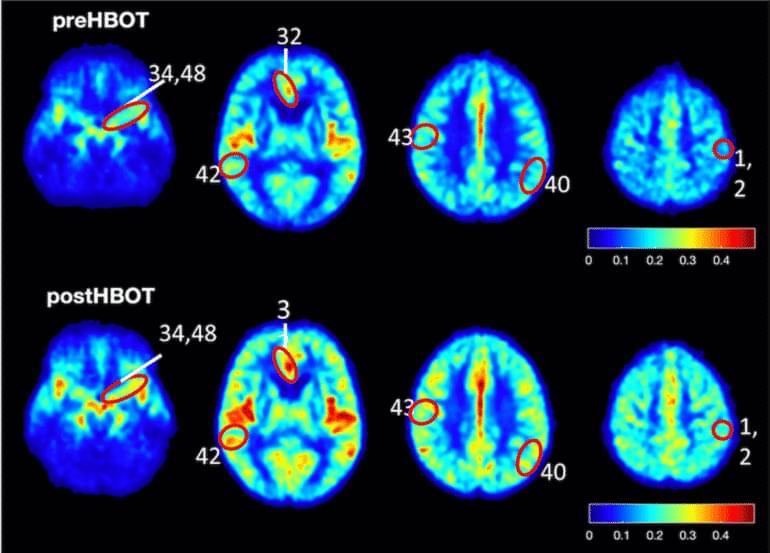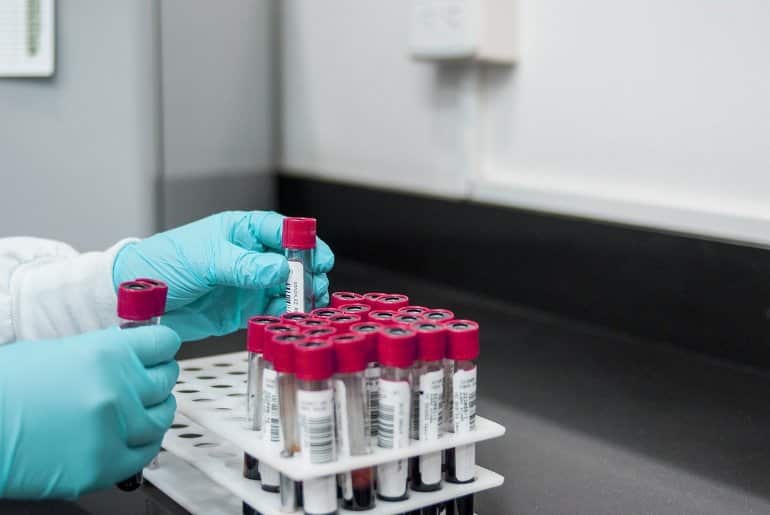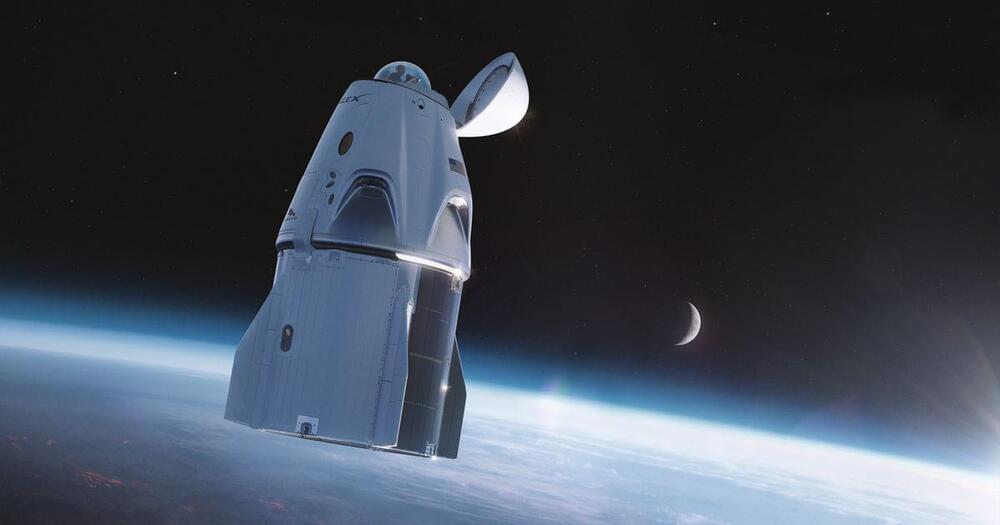Hyperbaric oxygen therapy improved cerebral blood flow by up to 23%, alleviating vascular dysfunction and amyloid burden in elderly patients. The treatment also improved memory by 16.5%.



University of Arizona aerospace and mining engineers are mapping out a plan for harvesting the moon’s resources using autonomous robot swarms and new excavation techniques.
With scientists beginning to more seriously consider constructing bases on celestial bodies such as the moon, the idea of space mining is growing in popularity.
After all, if someone from Los Angeles was moving to New York to build a house, it would be a lot easier to buy the building materials in New York rather than buy them in Los Angeles and lug them 2,800 miles. Considering the distance between Earth and the moon is about 85 times greater, and that getting there requires defying gravity, using the moon’s existing resources is an appealing idea.


Companies have two to three years to lay the groundwork for successful use of generative AI, synthetic data and orchestration platforms.
Users want more than artificial intelligence can provide at the moment but those capabilities are changing fast, according to Gartner’s Hype Cycle for Artificial Intelligence 2021 report. Gartner analysts described 34 types of AI technologies in the report and also noted that the AI hype cycle is more fast-paced, with an above-average number of innovations reaching mainstream adoption within two to five years.
Gartner analysts found more innovations in the innovation trigger phase of the hype cycle than usual. That means that end users are looking for specific technology capabilities that current AI tools can’t quite deliver yet. Synthetic data, orchestration platforms, composite AI, governance, human-centered AI and generative AI are all in this early phase.

“Identification of these compounds means that we are one step closer to being able to molecularly diagnose dementia,” said senior author of the study, Professor Mitsuhiro Yanagida, who leads the G0 Cell Unit at OIST.
Summary: Researchers identified 33 metabolic compounds in blood samples that differed between those with dementia and cognitively healthy older adults. 7 of the metabolites were elevated in dementia patients, while 26 were at lower levels compared to samples of those without dementia. Elevating levels of those metabolites could have a neuroprotective effect against dementia.
Source: OIST
Scientists in Japan have identified metabolic compounds within the blood that are associated with dementia.
The study revealed that the levels of 33 metabolites differed in patients with dementia, compared to elderly people with no existing health conditions. Their findings, published this week in PNAS, could one day aid diagnosis and treatment of dementia.

“We think that this indicates that gut bacteria and fungi influence anti-tumor immune responses in many, if not all, types of cancer.”
Cedars-Sinai Cancer researchers have discovered that intestinal microorganisms help regulate anti-tumor immune responses to radiation treatments, and that fungi and bacteria have opposing effects on those responses. The study, conducted in laboratory mice 0 illuminates a path toward improving the effectiveness of radiation and immune-based treatments for patients with melanoma, breast and many other cancers.
The study, published on Aug. 13 in the peer-reviewed journal Cancer Cell, builds on prior studies that focused on the role of intestinal bacteria in influencing immune responses to chemotherapy and immunotherapy. Here the investigators sought to determine what role both bacteria and fungi in the gut might play in the response to radiation therapy.
Trillions of microorganisms live in normal human intestines. These so-called commensal microorganisms are “friendly” bacteria and fungi that help process nutrients and play key roles in regulating the immune system in everything from infections to allergies. The research team found that reducing levels of commensal fungi in the intestines enhanced the anti-tumor immune response in the mice following radiation therapy. Conversely, they showed that depletion of commensal bacteria reduced the anti-tumor response.

After 50 years of sporadic development, Bell thinks it can build a survivable, long-range, high-speed, VTOL aircraft adapted to tomorrow’s wars.

